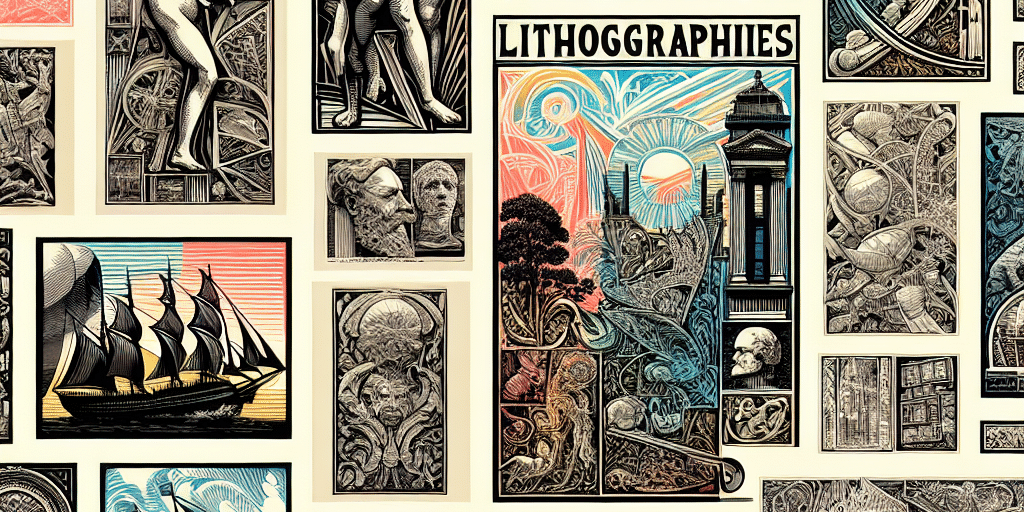Title: Unveiling the Art and Science of Lithography
Lithography, an intricate blend of art and chemistry, is a versatile and timeless printing technique that has captivated artists and industrialists alike since its inception over two centuries ago. Originating in the late 18th century, this process has evolved dramatically, influencing both traditional art forms and modern technological advancements. Lithography’s journey from a rudimentary printing method to a sophisticated industrial tool highlights its adaptability and enduring relevance.
The Origins of Lithography
The story of lithography begins with Alois Senefelder, a German playwright and actor who, in 1796, sought an affordable way to publish his theatrical works. Serendipity and necessity led Senefelder to discover that grease crayon drawings could be transferred from Bavarian limestone slabs onto paper through a specialized chemical process. This printing method, named lithography from the Greek "lithos" (stone) and "grapho" (to write), leveraged the natural repulsion between oil and water to achieve its results.
The Artistic Dimension
By the mid-19th century, lithography had cemented itself as a favored medium among artists for its ability to produce rich, textured prints. The technique allowed creators unprecedented freedom, facilitating a stylistic diversity that ranged from the subtle gradations of black-and-white lithographs to vibrant chromolithography, used extensively in posters and advertising.
Among the most celebrated adopters were artists like Henri de Toulouse-Lautrec, whose iconic posters for Parisian cabarets captured the festive spirit of the Belle Époque, and Edvard Munch, whose lithographic works echoed the haunting expressiveness of his painted compositions. Artists appreciated lithography’s capacity for detail and depth, which could mirror or even enhance their original pieces.
The Process
Lithography traditionally involves several meticulous steps:
-
Preparation of the Stone or Plate: The surface is polished to create a smooth, receptive canvas for the design.
-
Creating the Image: Artists draw directly onto the stone or plate using greasy materials like lithographic crayons or tusche (a liquid form of the crayon).
-
Chemical Treatment: The surface is treated with a mixture of acid and gum arabic, which adheres only to the non-greasy areas, making them receptive to water.
-
Inking: The entire surface is moistened with water. Ink, repelled by water and attracted to grease, adheres only to the original design.
- Printing: Paper is pressed onto the stone or plate to transfer the inked image.
Technological Evolution
Lithography’s principles have informed and inspired advancements in other fields, notably in the modern electronics industry. Photolithography, a variation of the technique, is pivotal in the manufacturing of semiconductor devices. This process involves using light to transfer patterns onto silicon wafers, forming the intricate circuits that power computers and smartphones. The intersection of lithography and technology underscores the method’s adaptability in an ever-evolving scientific landscape.
Lithography Today
While modern technology has introduced digital methods that complement traditional lithography, the original technique retains its allure and vitality. Contemporary artists and printmakers continue to explore its possibilities, balancing the reverence for tradition with innovative practices. At the same time, advancements in materials and precision technology keep lithography at the forefront of industrial applications.
Conclusion
Lithography remains a testament to the dynamic interaction between artistry and technique. Its rich history and diverse applications demonstrate not only the genius of its originator but also the enduring impact of a discovery that seamlessly blends the realms of creativity and precision. As both an artistic and industrial tool, lithography continues to print its legacy on the canvas of human innovation.







